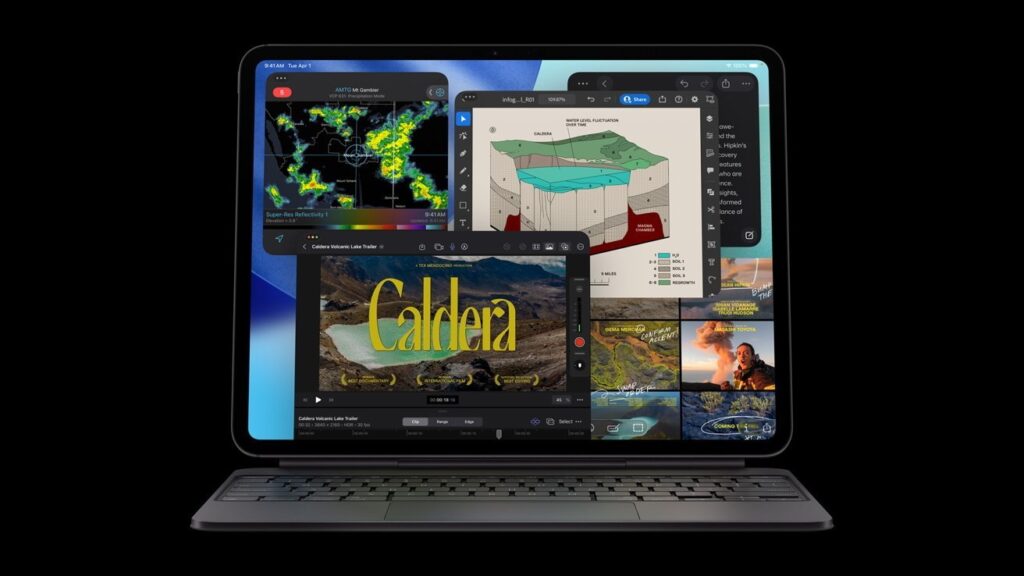
The first reviews of the M5 iPad Pro have emerged, highlighting a performance enhancement on an already leading tablet. While the 2025 model does not feature any cosmetic changes, it has upgraded its internals with the new M5 chip, solidifying its status as the most powerful tablet in Apple’s lineup. Reviewers generally agree that while the updates are subtle, they are nonetheless significant.
Incremental Upgrades Highlighted
According to The Verge, David Pierce noted that the M5 iPad Pro maintains the aesthetic appeal of its predecessor, despite the absence of the “iPad Pro” name on the back. The enhancements are primarily technical, including the integration of the M5 chip and Apple’s C1X modem. While Pierce acknowledges that “everything’s a little faster,” he emphasizes that these improvements do not substantially alter daily usage. He points out that the real transformation comes with the update to iPadOS 26, which introduces more notebook-like features to enhance productivity. He describes the upgrade as a “teeny-tiny” one but hints at the potential for something greater in future iterations.
In his review for Gizmodo, Kyle Barr emphasized that no tablet currently on the market could rival the iPad Pro’s appeal. He reiterated that the 2025 model offers only minor updates, primarily internal changes. The M5 chip significantly boosts graphics performance, although this impact will vary depending on the applications utilized. Barr also praised the OLED screen as “sublime” and noted the impressive four-speaker system. However, he cautioned that the 12MP rear camera underwhelms compared to the quality of images produced by the iPhone 17 Pro, resulting in flat, grainy photos. For users upgrading from devices that are five years old or more, the OLED screen from 2024 remains the key selling point rather than the M5 chip.
Technical Enhancements and User Experience
Nathan Ingraham’s review for Engadget echoed similar sentiments, stating that the M5 iPad Pro represents a “very much a minor spec bump” compared to the previous version. He highlighted the enhanced neural accelerator in the GPU cores, which offers significant improvements for graphical tasks. Benchmark tests showed considerable performance increases, but Ingraham remarked that the M5 might be “overkill” for average users. Despite the lack of design changes, the iPad Pro continues to impress with its beautiful hardware and display.
The introduction of iPadOS 26 received positive feedback, as Apple addressed many software complaints from users. Ingraham summarized his thoughts by stating that while the iPad Pro has not fundamentally changed since the 2024 model, it remains a remarkable device, albeit at a price that some consumers might find steep.
Overall, the initial reviews reveal that while the M5 iPad Pro has made strides in performance, the changes are not groundbreaking. Users looking for substantial upgrades may need to wait for future models, but the device continues to stand out as a premier option in the tablet market.






